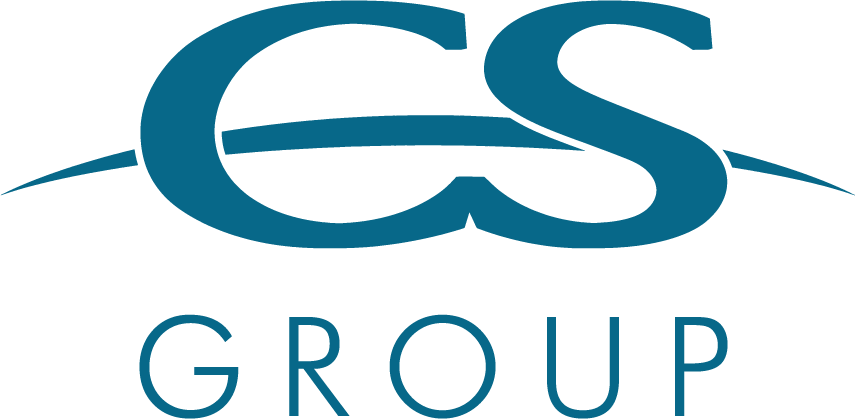ESA is organizing this week in Darmstadt (Germany) the 7th European conference on Space Debris Risks and Mitigation.
Since 1957, more than 4,900 space launches have led to an on-orbit population today of more than 18,000 tracked objects. Only 1,100 are functional spacecraft. The remaining 94% are space debris, i.e. objects which no longer serve any useful purpose. About 64% of the routinely tracked objects are fragments from some 250 breakups, explosions and collisions of satellites or rocket bodies. In addition, there is evidence of a much larger population of debris that cannot be tracked operationally. An estimated number of 700,000 objects larger than 1 cm and 170 million objects larger than 1mm are expected to reside in earth orbits. Due to relative orbital velocities of up 56,000 km/h, centimeter-sized debris can seriously damage or disable an operational spacecraft, and collisions with object larger than 10 cm will lead to catastrophic break-ups, releasing hazardous debris clouds of which some fragments can cause further catastrophic collisions that may lead to an unstable debris environment in some orbit regions (“Kessler syndrome”). Space debris mitigation measures, if properly implemented by spacecraft designers and missions operators, can curtail the growth rate of the space debris population. Active removal, however, has been shown to be necessary to reverse the debris increase. (source https://conference.sdo.esoc.esa.int/)
In this context, one of our french colleague will present a paper dedicated to the “RISK INDUCED BY THE UNCATALOGUED SPACE DEBRIS POPULATION IN THE PRESENCE OF LARGE CONSTELLATIONS“. This paper was written in closed collaboration with CNES French space agency.
On top of this publication and to illustrate the main purpose of the conference, a 12 minutes stereoscopic 3D Space debris movies was created by ONiRiXEL, with a technical support form European Space Debris experts including CS group’ OREKIT team. OREKIT is a low level space dynamics library written in Java, has gained  widespread recognition since it was released under an open source license in 2008. Orekit has been in development since 2002 inside CS Group and is still used and maintained by its dual teams of space dynamics and image processing experts. Learn more (https://www.orekit.org/)
widespread recognition since it was released under an open source license in 2008. Orekit has been in development since 2002 inside CS Group and is still used and maintained by its dual teams of space dynamics and image processing experts. Learn more (https://www.orekit.org/)
CS Germany ESOC consultancy team is supporting daily ESOC on Space debris linked activities.
For more information, please do not hesitate to contact us at any time (http://c-ssystems.de/contact-us/)




